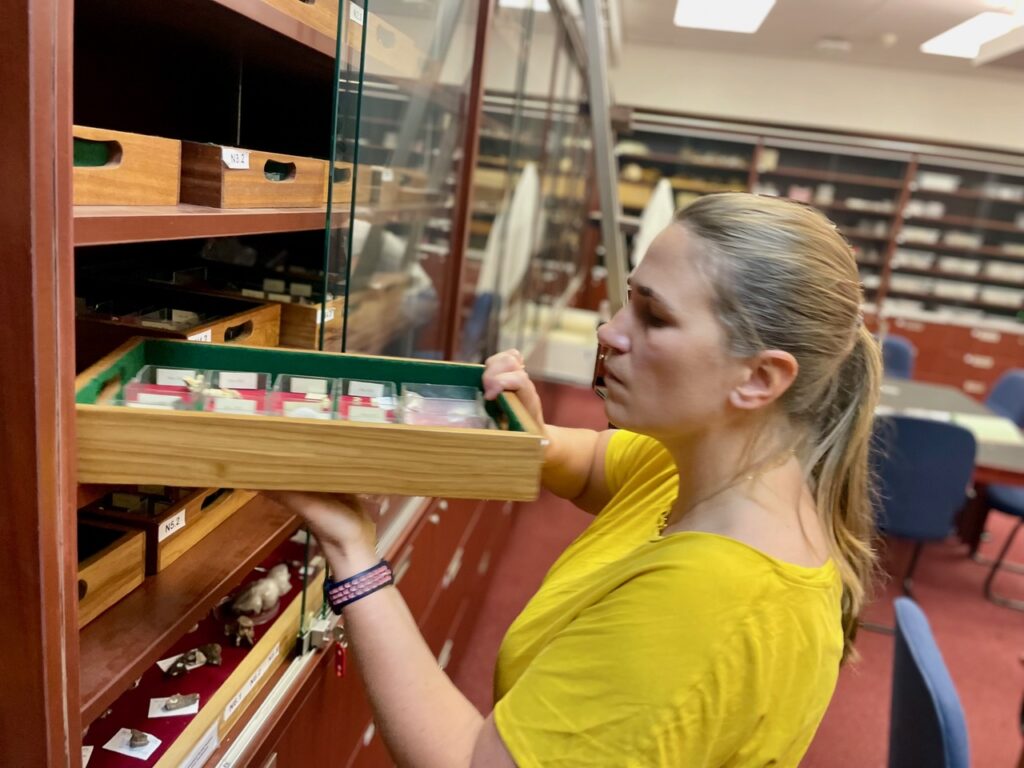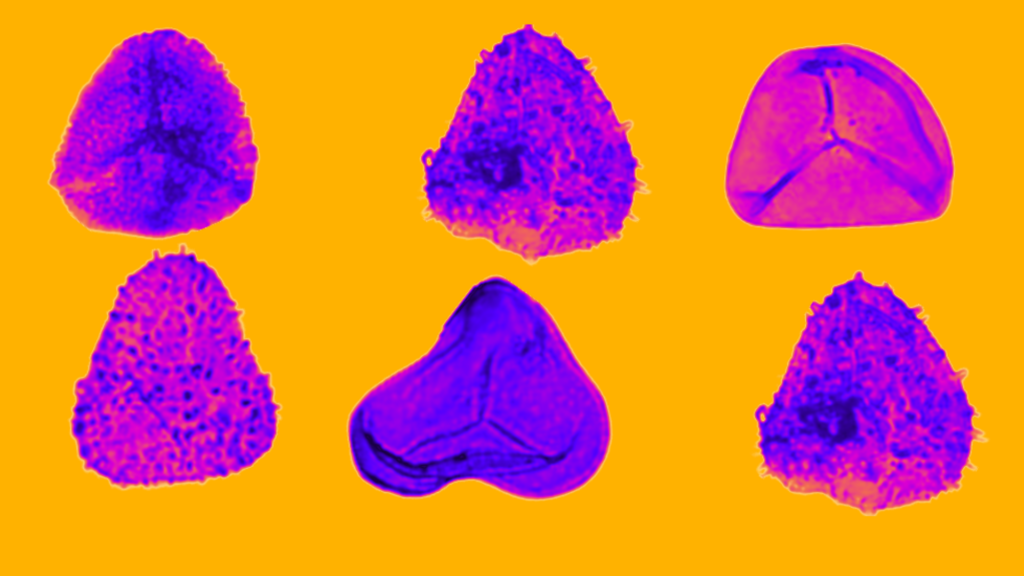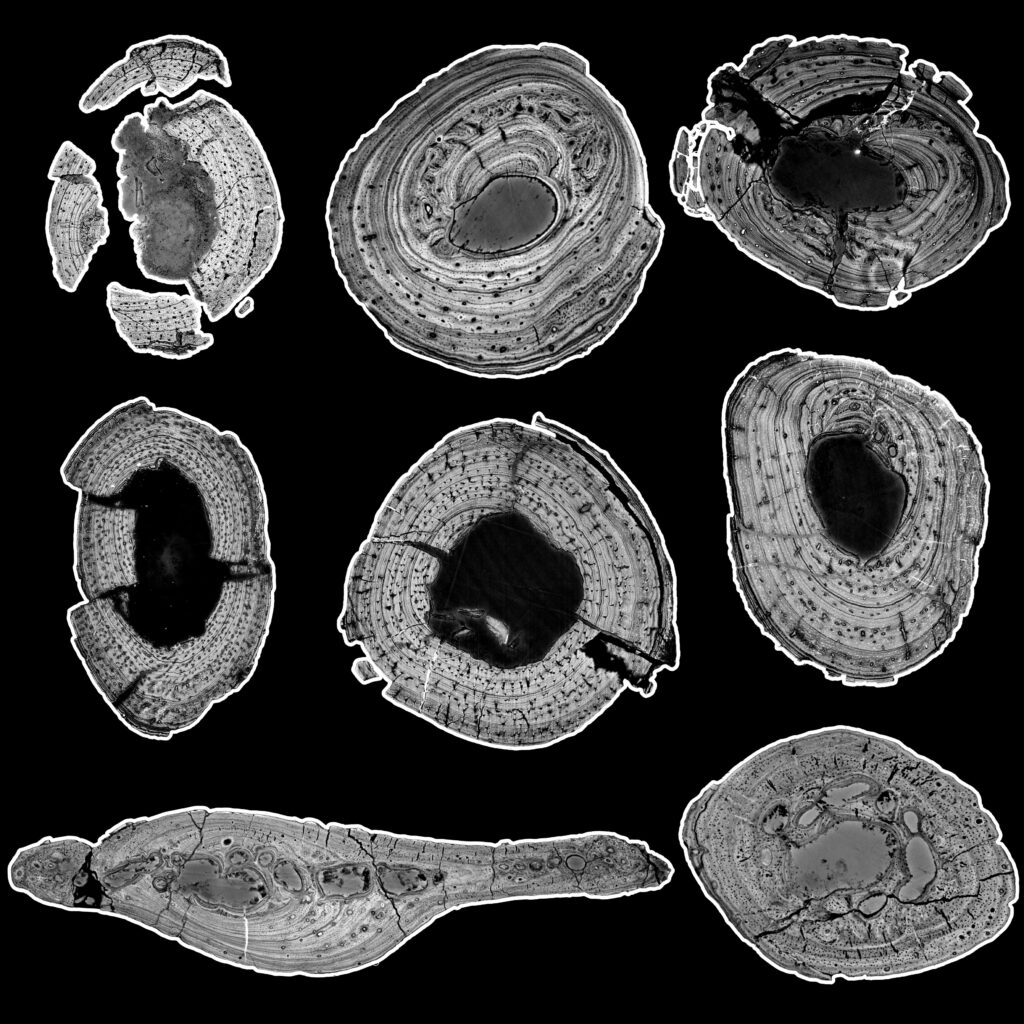Kalahari discoveries challenge the origins of human culture
The discovery of 105000-year-old white calcite crystals and ostrich eggshell fragments at the Ga-Mohana Hill North Rock shelter, near Kuruman, in the Northern Cape is questioning the narrative that the origins of human innovative behaviour is linked to coastal resources.
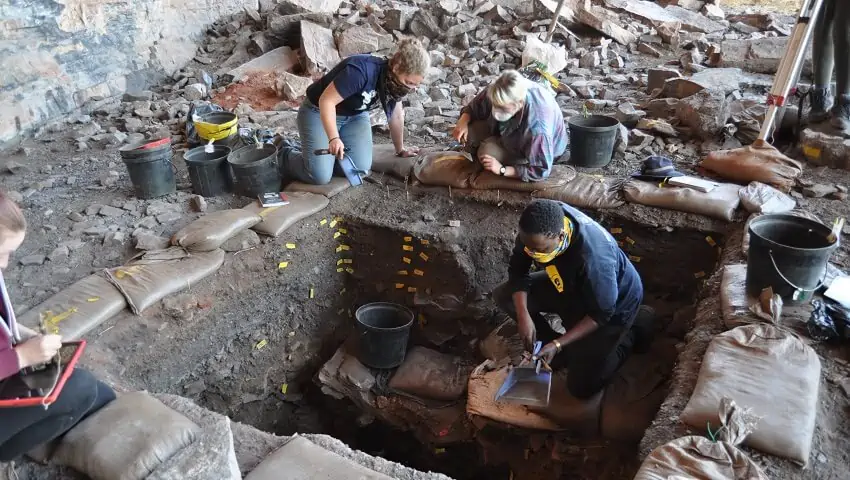
Small bites
- White calcite crystals and ostrich eggshell fragments found in the southern Kalahari have been dated to 105000 years old.
- Researchers believe the crystals were for a spiritual or cultural purpose.
- The discovery points to early cultural innovation having evolved not just along the coast but also in the interior of South Africa.
Crystals were possible religious objects 105000 years ago.
Lying above the Kalahari savannah sits a rockshelter where recent discoveries are forcing a rethink of the origins of human creativity and innovation. At the Ga-Mohana Hill North Rockshelter, near Kuruman, in the Northern Cape, researchers excavated 22 white calcite crystals and fragments of ostrich eggshell, that have been dated to 105000 years. Such finds are rare, as the archaeological record for this period is largely confined to sites along the South African coast, giving support to the idea that this was the seat of modern human origins. “Our findings from this rock shelter show that overly simplified models for the origins of our species are no longer acceptable. Evidence suggests many regions across the African continent were involved, the Kalahari being just one,” said Dr Jayne Wilkins from Griffith University’s Australian Research Centre for Human Evolution who led the team.
The researchers were able to age the archaeological layers where the artefacts were excavated through the use of Optically Stimulated Luminescence, a technique that measures the last time quart sediments were exposed to light. “The crystals point towards spiritual or cultural use of the shelter 105,000 years ago,” said Dr Sechaba Maape from the University of the Witwatersrand. Their findings appeared in the journal Nature.
The researchers also discovered that the site was far different to what it is today. Tufa-porous rock formations composed of calcium carbonate suggested a far wetter climate back then. “This is a story of water in what we know now as a dry landscape, and of adaptable people who exploited the landscape to not only survive but to thrive,” said Dr Robyn Pickering, who is director of the Human Evolution Research Institute (HERI) at the University of Cape Town.
Ga-Mohana Hill is still used for spiritual purposes today and because of this, the researchers are careful to minimise their impact. “Leaving no visible trace and working with the local community is critical for the sustainability of the project,” Dr Wilkins said. “So that Ga-Mohana Hill can continue to provide new insights about the origins and evolution of Homo sapiens in the Kalahari.”
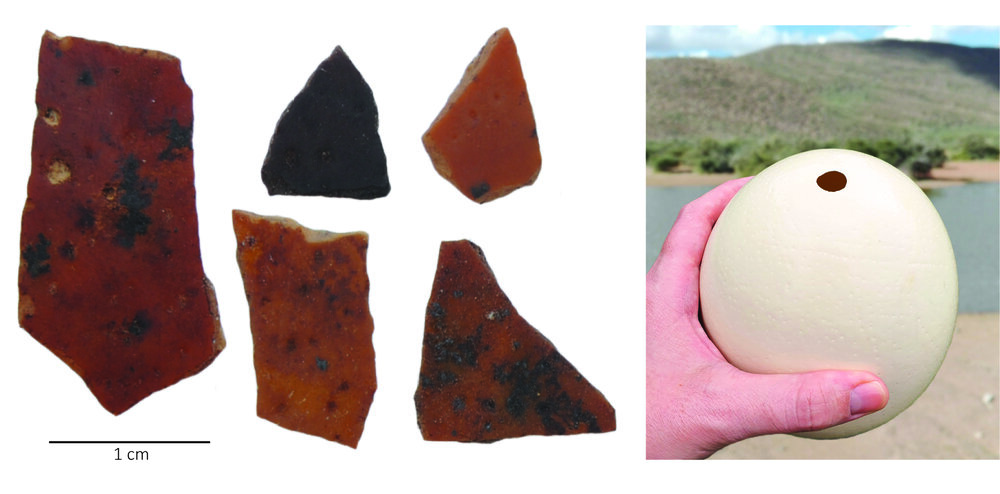
https://qz.com/africa/1991855/where-did-human-evolution-begin/
